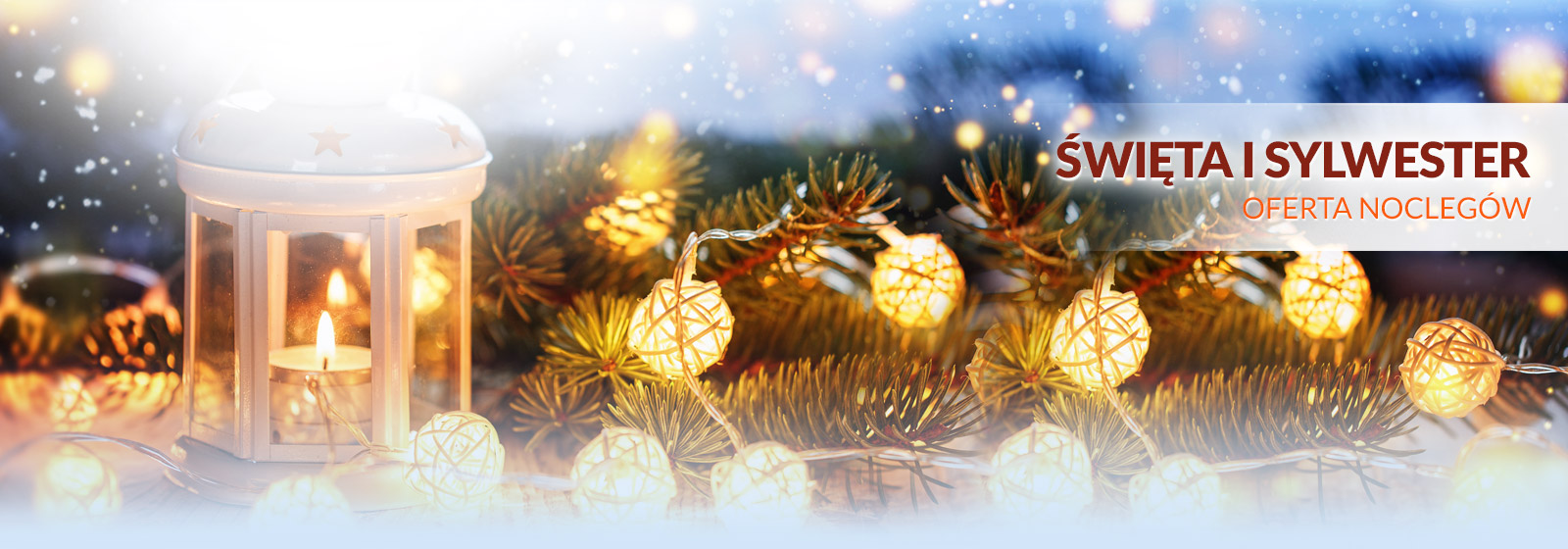In September 1939 Slovak troops supporting the German Army entered Krynica, and were soon replaced by Wehrmacht units. This started the military occupation of the town. Sanatoria and resort houses were confiscated. Administrative authorities headed by the town Mayor Joseph Krówczyński were initially not dissolved, but in fact their only task was to pass on the German orders to the local population. After a year the German Municipal Board was appointed. Yet the factual administration of the resort was in the hands of the Town Commissioner George Nave, a specialist in the management of the Austro-German spas. Since 1940 German language was obligatory in all offices, and the aim was clearly to transform Krynica into a resort for German officers. Although the initial devastation was quickly stopped, majority of the medical equipment of the spa was completely destroyed.
Extermination of Krynica’s Jewish population was ruthless: they were transferred to the Nowy Sącz ghetto and later deported to the extermination camp at Bełżec. Houses and property (36 buildngs) was plundered and pulled down. The school in Krynica was turned into a casino, libraries looted and demolished, the Piłsudski Memorial destroyed, the mountain shelter of Jaworzyna was burned down. Even the church bells were taken away and melt.
The town population lived in constant fear. During the occupation 550 people were sent to forced labor in the Third Reich.
Toward the end of the war Krynica served as a resort for the Germans from bombed area of the Reich who came here for rest and convalescence.
The Nazi deliberately tried to incite Lemkos against Poles and Jews incorporating them in German Army units. Some of them were forced to sign the so-called Ukrainian Exploratory Card, which gave them certain advantages (eg. extra food ration coupons) over the Poles. The Nazi wanted to germanise Lemkos, as well as the highlanders of the Podhale and the Huzuls. Krynica became a center of propaganda for the Ukrainians migrating slowly from the Smaller Poland district. In fact, Hans Frank (the Governor General in Kraków) allocated part of the spa resort to Ukrainians as a recreation centre. Ukrainian Auxiliary Police and part of the Ukrainian Legion (under the pretence of “work service camp”) intended for sabotaging the Russian Army actions were stationed in the town. These pro-Ukrainian tendencies were accompanied by severe repressions against those Lemko residents who considered themselves Ruthenians. In 1941 a group of Ruthenian activists and intellectuals (including Eugeniusz Chylak, Metody Trochanowski and Orest Hnatyszak) was arrested and deported. This didn’t stop the Krynica’s Lemkos who organized their own underground unit that clashed with the German and Ukrainian police.
A unit of Home Army, the Polish underground movement was also active in Krynica. To prevent repressions against civilians, its armed actions were organized outside the town, in Krynica surroundings. Courier redeployment points for Slovakia and Hungary were working smoothly, due to the efforts of The White Eagle Organization members, scouts, and the local unit of ZWZ (Union of Armed Struggle) who facilitated courier trafficking on three different routes (through Tylicz, Muszyna and Dubne). Such actions were normally accomplished by private owners of mansions and guest houses on the outskirts of the town near the forest, and did not require involvement of the underground units.
The Germans retreated from Krynica on January 18th 1945.
After the war, the Polish Communist authorities immediately decided to rebuilt the resort. In June 1945 the Old Mineral Baths were opened. Sadly, the new political system bore heavily on Krynica. Many private resorts (e.g. "Lwigród" and "Patria") were confiscated and the famous Krynica Promenade became for many years the “Stalin Avenue”. Nevertheless, the resort enjoyed increasing popularity. In 1955 it was visited by 46,552 guests, while the town population was only 8,250.
Creation of the Employers Holiday Fund in 1957 triggered tremendous architectural changes in the town. Many new objects erected in that time (such as “Budowlani" "Leśnik- Drzewiarz" or "Walcownik" resort houses) had nothing in common with the old wooden architecture so typical for this and many other mountain spa resorts.
The history of Krynica cannot be told without a mention on the local folk painter Nikifor (proper name Epifan Drowniak). The best years of the artistic activity of this naive art painter were the interwar period, the 1950s and 1960s. There is no reliable information about his childhood and youth. He had impaired hearing and a speech impediment. At the end of the World War I his mother died and he was left alone. It was at this time when he painted his first pictures. Wandering around, he used to sell his pictures to the local residents. He was an open-air painter. His works did not bear close similarity to the portrayed objects, yet they greatly conveyed the charm and character of the painted landscapes through very simple means. He was not interested in mirroring the reality. He put up his "portable studio" at various points of the resort, each day choosing a different location, so he was known by sight to all residents and guests. He painted mainly in watercolor, sometimes combined with tempera or oil paint. Rarely (mainly in the last years of his life) he also used crayons. He first outlined the various components with a thin black line, and then filled the shape with vivid colours, putting paint straight from the tube. His only pencil drawings are sketches prepared in the last years of his life which he didn’t manage to fill with colour.
Greek-Catholic churches was a theme particularly inspiring for Nikifor. Many of his works are landscapes with the silhouette of an Orthodox church in the background and portraits of a church interior or a hieratic saint. Other themes included pictures of Krynica and Warsaw, (often fantasy) architectural objects, building interiors, railway stations, rail tracks picturesquely winding among the hills (the artist’s great fascination) and mountain landscapes. He also liked to portrayed friends, bystanders, and most of all - himself. It is estimated that during his industrious working life he painted several thousand pictures, never repeating himself. Large portion of them he gave away or, in the most harsh years of poverty, sold for pennies.
In 1995 a museum commemorating his work and life was opened in the "Romanówka” building


